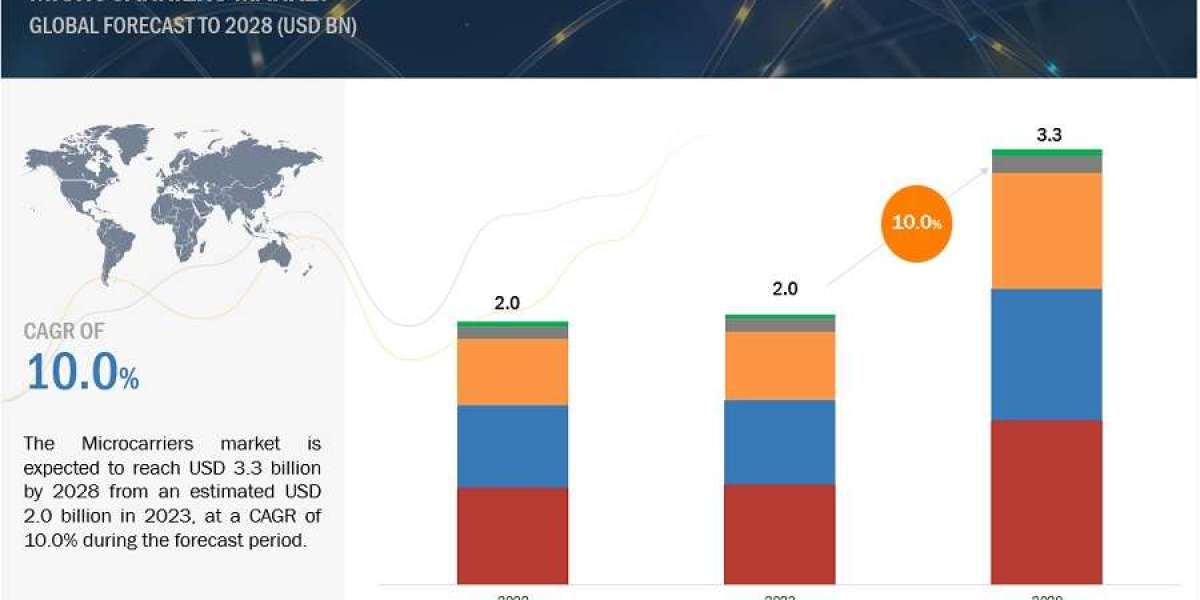Audiovisual technologies play an important role in cultural institutions like museums, art galleries, libraries and archives by enriching visitor experience and facilitating learning. Advanced AV solutions can make the exhibits more interactive and engaging while also allowing institutions to share their collection with a wider virtual audience. In this blog, we will explore some key AV technologies that are commonly used by cultural organizations and how they help in showcasing art, artifacts and knowledge in an immersive manner.
Interactive Multimedia Kiosks and Touchscreens
One of the most effective ways to introduce visitors to various aspects of an exhibition is through interactive multimedia kiosks and touchscreens positioned throughout the display area. These touch-enabled devices allow individuals to browse high-resolution images, watch short videos, listen to audio clips and read detailed descriptions about the artworks, artifacts or topics on display with just a tap or swipe on the screen.
Many museums are now incorporating large interactive touchscreens (ranging from 32 to 80 inches) near important pieces in their collection. Visitors can zoom in to observe intricate details, discover interesting facts and get a sense of historical context and cultural significance through multimedia content played on these screens. Some kiosks also come with user-friendly interactive maps guiding people through the exhibits. The multimedia experience keeps visitors engaged for longer duration at each display area.
Augmented and Virtual Reality
Advancements in augmented reality (AR) and virtual reality (VR) are opening up new opportunities for cultural institutions to bring historical narratives and artifacts to life in an immersive manner. AR applications allow for overlaying of digital information on real environments through mobile devices. Many museums now offer AR experiences through their mobile apps and web browsers that can be activated by scanning a marker placed near exhibits.
For example, at the British Museum visitors can use an AR app to see how different parts of the Rosetta Stone were pieced together or view 3D models of elaborate period costumes overlaid on mannequins through their device cameras. VR, on the other hand, creates a fully virtual 3D environment through headsets. It is being leveraged by some large museums to transport visitors back in time through detailed VR environments or offer a virtual walk through galleries that are otherwise closed.
Both AR and VR have huge potential for cultural institutions to share experiences with online audiences as well. Dedicated VR apps and virtual tours of museums released online are helping promote collections to a global virtual visitor base.
Interactive Digital Signage
With the proliferation of affordable large format LED and LCD displays, more cultural institutions are incorporating interactive digital signage across their buildings to enhance visitor services as well as promote upcoming events and programs. At entrance and reception areas, touchscreen directories installed in portrait or landscape orientations allow visitors to access floor maps, search for exhibits and check show timings.
Similar interactive kiosks placed strategically along corridors display highlight videos or rotating images from current and upcoming exhibits besides listing short bios of featured artists, dates and other crucial information. Some museums are experimenting with interactive wayfinder walls deploying multiple narrow bezel displays in video wall configurations to create immersive visitor guidance systems. Advanced digital signage enables more effective internal communication within cultural spaces.
Audioguides and Mobile Audio Tours
Before the onset of digital technologies, audio guides in the form of bulky handsets borrowed from the information desk were the primary means of self-guided tours in cultural institutions. Nowadays, modern audioguides come in the form of small portable devices that can be rented or purchased giving access to curated multimedia content compiled by subject experts.
Many organizations are also offering mobile audio tours that can be directly downloaded as dedicated apps on visitors' smartphones. Instead of carrying additional hardware, smartphone-based audio experiences sync location awareness to automatically play relevant audio, video or images as users move through exhibits. This allows for a seamless self-paced engagement along with convenient features like bookmarking, translation in multiple languages and offline caching.
Well-produced audio tours greatly enhance accessibility and provide a personalized immersive experience even for those uncomfortable reading long signage within museums. Cultural sites are exploring methods to make audio tours more interactive with features like integrated questionnaires, polls and augmented trails.
Projection Mapping and Immersive Displays
Projection mapping involves projecting dynamic moving images and animations on physical objects, sculptures or architectural surfaces within an environment using advanced projectors. This technique is being creatively applied by cultural institutions worldwide for large scale festivals and exhibits. For example, projections illustrating the passage of time were once mapped onto the famous Big Ben tower in London for New Year celebrations.
Many art galleries and children's museums deploy immersive projected environments that visually transport visitors into vivid surreal worlds. Domed planetariums also facilitate immersive projections of the night sky or educational astronomical shows. Such large format projections breaking boundaries between the digital and physical realms offer mesmerizing sensory experiences especially appealing to younger audiences.
Specialized projectors supporting wide color gamuts and high brightness throw powerful imagery across massive architectural canvases. Combined with spatial audio and other effects, projection mapping is fast emerging as an experiential media ideal for amplifying the impact of cultural content and artistic visions. The possibilities are endless for creatively storytelling heritage through projected light, shadow and colors.
Conclusion
Digital technologies are helping reshape the way cultural spaces function and connect with communities. Thoughtfully integrated AV solutions perfectly complement traditional collection displays by making exhibits invitingly interactive. Advanced media fosters more meaningful learning along with promoting inclusion and accessibility. As cultural organizations transition to hybrid virtual-physical models, an optimal blend of cutting-edge digital experiences and tangible artifacts will be key to sustainably sharing knowledge and culture with global audiences.
Read Related:- https://audioboxpro.jimdofree.com/2024/02/01/enhancing-workplace-productivity-with-audio-visual-solutions/







